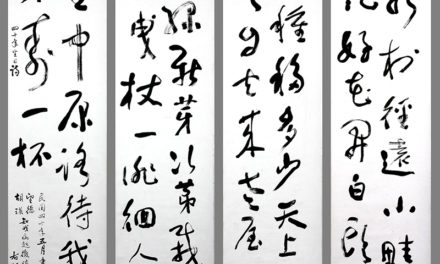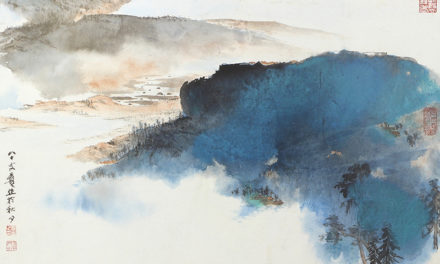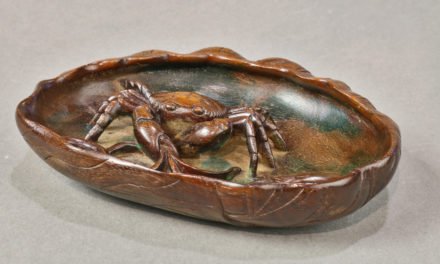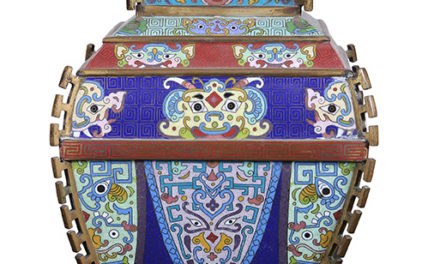Chinese Longevity Locks
长命锁

Group of Chinese silver ‘ruyi locks’, with various repoussé auspicious symbols and phrases, some accented by bells.
In a world where life was fragile and people felt at the mercy of nature and disease, many traditions involving amulets and charms were established to bring a sense of hope and control. The earliest “good luck” charms were fashioned after coins bearing auspicious symbols such as the sun & moon, swords, turtles, and snakes and date as far back as the Han Dynasty (221-206 BC). It was later, during the periods of the Six Dynasties (220-586 AD) and the Yuan Dynasty (1271-1368 AD) that charms for “longevity” became more common.
Coin-shaped amulets continue to be popular today, but charms evolved to include many different shapes depending on their intended use. One of the most interesting and popular jewelry for a child was a ‘chang ming suo’ or longevity lock. Used on doors and boxes, locks have a long established association with protection from the unknown. Eventually, this idea transferred to the most precious thing in a parent’s life, which needed to be “locked to earth.”
Lock form charms are flat, have no moving parts, and are decorated with Chinese characters and symbols. They were typically worn around the neck ‘long’ (horizontally) to symbolize longevity and some are in the shape of ruyi head – a rebus meaning “may things go as you wish.” Often bearing auspicious phrases related to health and prosperity, the locks would have typically been presented to a child during the hundredth day or first-year celebration.
Locks were made from precious metals such as gold, but silver ones were desired as well because it was believed to have the property of absorbing toxins from the body, therefore bringing good health to a child. Besides silver locks, silver bangles were another common gift for young children.
Qilin Delivers a Son
麒麟送 子
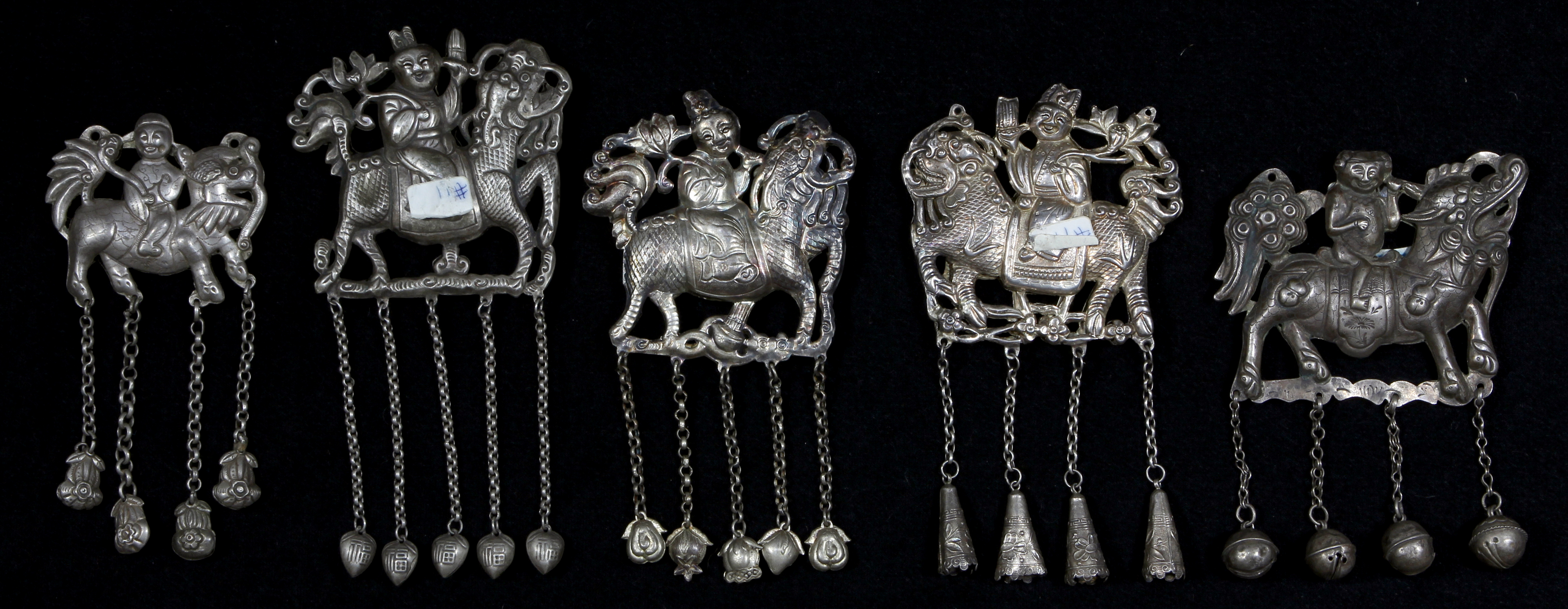
Group of Chinese silver pendants, each of an accomplished son mounted on a qilin, having suspending chains with bells
Another type of pendant often worn by children features a boy in formal attire mounted on the mythical beast qilin, associated with the phrase ‘qilin delivers a son’ (qilin song zi). Symbolizing an accomplished son who succeeded in the civil service exam, such pendants held the wishes for a bright future for the recipient.
To ward off evil spirits, children also had bright silk hats often in the form of ferocious animals such as tigers and leopards. Simpler hats were accessorized by small silver ornaments, some in the shape of Shoulao (god of longevity) and zoomorphs such as an ox which is seen as strong and sturdy.
With amulets and accessories from head to toe, children bear the good wishes for a healthy upbringing and expectations to become successful adults in society.
